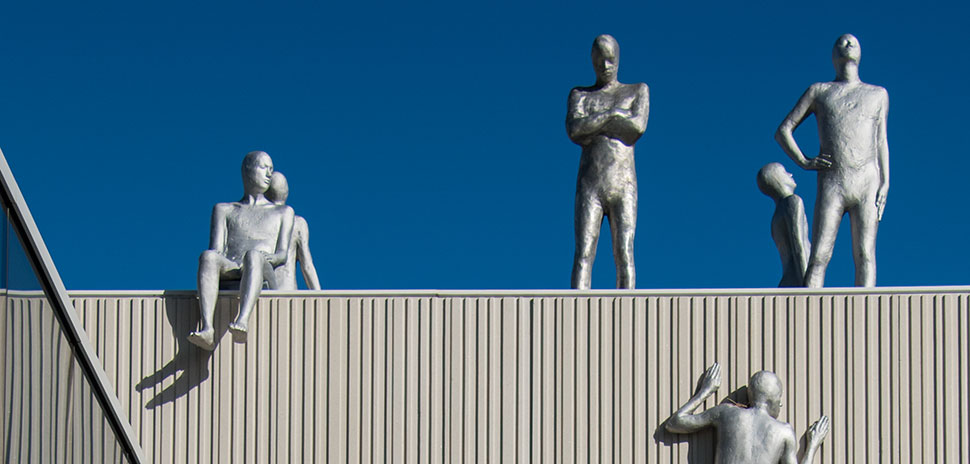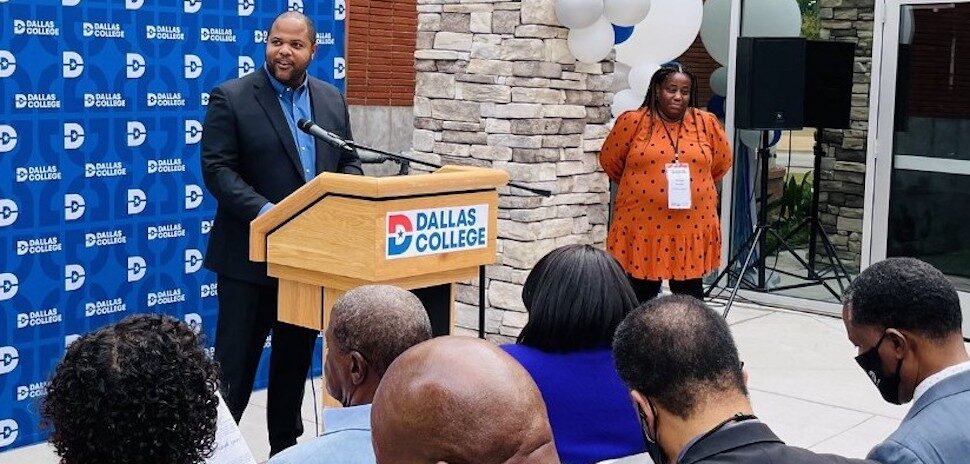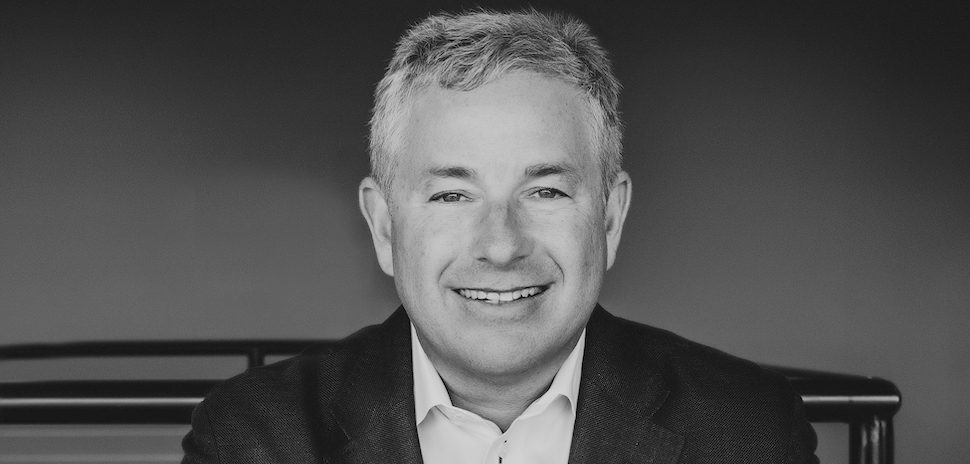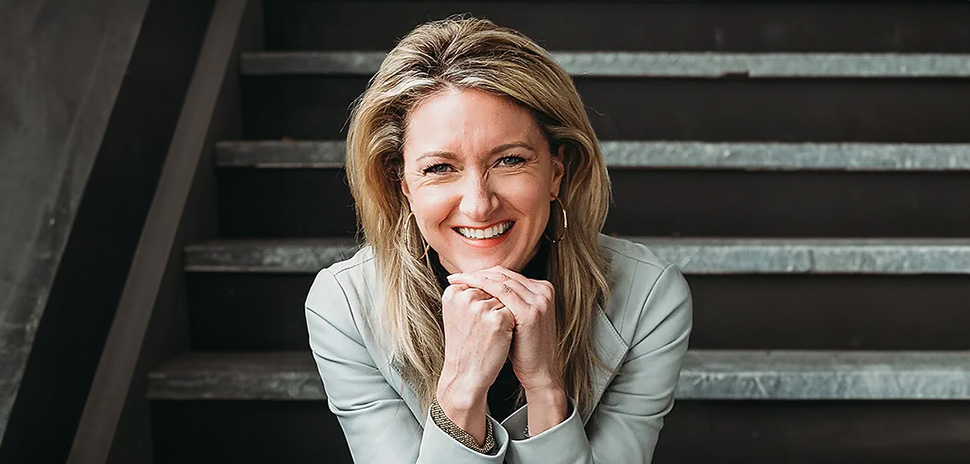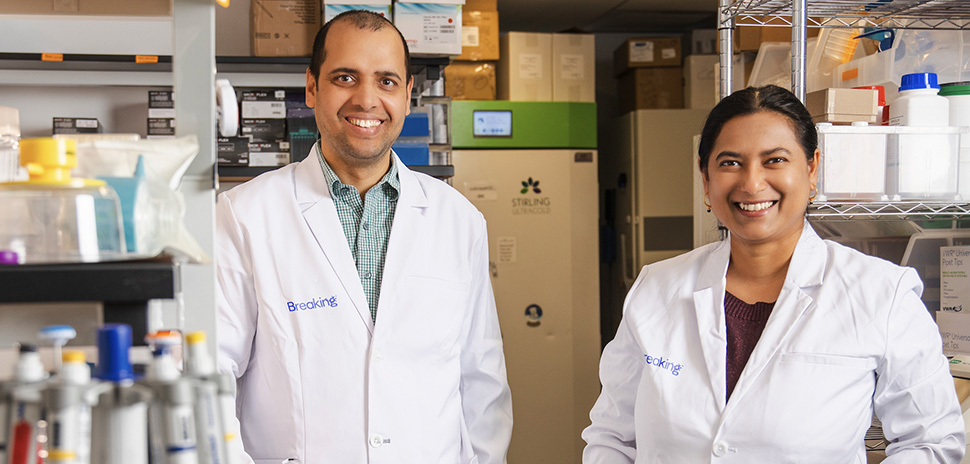When I look back on my tenure with TACA (The Arts Community Alliance), I reflect upon how much more accessible the arts have become in North Texas.
From the architectural masterpieces in the Dallas Arts District to public art at DART stations, HALL Arts and NorthPark Center, to free performing arts concerts throughout the region, North Texas has greater access to and greater opportunity to engage with artists and arts activities than ever before.
I am a strong believer that the arts build community and connect diverse populations. I am proud to be associated with an organization that champions artistic excellence in performing arts organizations and encourages innovation, collaboration, and engagement through financial support, stewardship, and bundling of resources.
I am a strong believer that the arts build community and connect diverse populations.
TACA helps champion artistic excellence and community engagement through TACA Perforum, our forward-thinking “conversation” to advance the performing arts, which includes panelists from across the country who engage our community on pressing issues facing the sector nationally.
Last month, we held our eighth annual TACA Perforum at the Nasher Sculpture Center. The topic was “Community Connections: Models for Building a Shared Vision for Arts and Culture,” which was explored through a panel discussion and collaborative roundtable lunch conversations.
Attendees at TACA Perforum included representatives from arts organizations of all sizes, elected officials, cultural leaders, university and college students and professors, arts patrons, and many others. This standing-room-only event opened my eyes, as well as some of my colleagues, about some unique approaches other communities are taking to support the arts. Their stories inspired us to think about how we could apply some of their best practices in Dallas-Fort Worth.
Zannie Giraud Voss, who is the Southern Methodist University professor and chair of arts management and arts entrepreneurship, and a TACA board of director member, moderated the discussion and shared some thoughts about the arts in North Texas.
“It’s a great time to be part of the arts in Dallas; there is a great sense of vitality. It’s been a collective effort to get where we are and we’ve faced plenty of challenges. Today we will have the opportunity to learn how people in other communities are doing it,” Voss said.
David Brown, general manager of Cultural Access Washington in Washington state, talked about public funding and political advocacy.
“Reliable and consistent funding is key. Expected to be on the ballot in 2017, a sales tax increase of 1/10 of 1 percent in Washington would generate nearly $60 million annually and would support more than 350 arts, science, and cultural heritage organizations. These cultural access funds would be used to support cultural organizations, expand experiences for K-12 students, leverage in-school education, and fund transportation for students to arts, science, and cultural heritage organizations.” Brown said. “You need to coalesce around this idea [of funding]. You need to advocate with your city council. They need to know who you are; you need to know who they are. And then you need to harness the power of your databases, your constituents. They are your closest allies in making the case that this is something for which people can vote.”
P. Carl, co-artistic director of ArtsEmerson, and director and co-founder of HowlRound in Boston, talked about how the arts community needs to leave behind the mindset of the scarcity of resources and focus on abundance by connecting with each other through technology.
“HowlRound is based on this notion of abundance of resources, that we actually do have enough, that there is enough to sustain us if only we could access that abundance. This is done by listening and reflecting that listening back to the community, and by connecting people to each other around shared values,” Carl said. “In five years, we have developed about 60,000 people who come to our website or come to our in-person meetings. Anyone can access our tools, which include an online journal and online television channel. We use the technology as a form of connection, such as a large world theater map that connects artists globally and lets them read, watch, comment, and discuss, across space and differences in time.”
Karen Brooks Hopkins, president emerita of Brooklyn Academy of Music, Senior Fellow of Mellon Foundation, Nasher Haemisegger Fellow of SMU’s National Center for Arts Research, talked about arts marketing and the growth and legacy of the arts. When she started out in Brooklyn, people were afraid to go there.
“Now, there are over 60 organizations in this sphere of downtown Brooklyn, and nine at the core of the cultural district. Everything is individual and it speaks in its own voice and yet it’s all pulled together by streetscape, lighting, and public art,” she said. “The arts engender a love of learning at the highest level and create opportunities for the creative imagination to soar. The arts generate the highest dollar return on tourism. The arts build and connect communities in the most positive way. Arts institutions are often our greatest architectural treasures. And when you think about it, art is the only thing that endures from generation to generation to generation. So when you put this all together, it’s kind of bizarre that our field does not generate more respect.”
“The arts engender a love of learning at the highest level and create opportunities for the creative imagination to soar.”
Karen Brooks Hopkins
“Speak in one voice, from the marketing to the programming to the messaging. Large and small organizations need to work together and need to have mutual respect.”
Carlton Turner, executive director of Alternate ROOTS in Atlanta, said that his group is trying to push cultural equity for artists in all communities.
“We support artists by funding professional development, supporting their works in the community, and engaging with the artists as partners. I came in as a member artist and have continued to work within the organization as an arts administrator and to engage with national cultural policy, but also engaging in artistic practice. And so this work is all about us, about strengthening artistic practice and the work that artists are already doing, recognizing the role that we play as stewards of community, story, and narrative,” Turner said. “I think it’s important to put out there that artists are working in cities … in rural communities, and they’re working on the front lines of social issues.”
After the panel discussion and audience questions, everyone participated in lunch roundtable discussions hosted at HALL Arts.
Several insightful recommendations emerged from the roundtable discussions:
- Examine public cultural arts models working in Washington and other states. Funding coalitions can be larger than just for the arts.
- Examine the city of Dallas’ cultural policies. Look at how the city funds, what it funds, its visions, priorities, etc.
- Create a local clearinghouse or inventory where shared resources can be identified and exchanged, perhaps web-based.
- Collaborate with each other on rehearsal, performance, and storage space. If medium and large organizations have space, offer to share space with small groups.
- Take a regional approach to the arts.
- Have a voice with the city of Dallas about how tourism dollars can be invested in arts organizations.
- Have board members rotate to other arts boards, especially if there are two or more organizations of different kinds/sizes working together. This idea of cross-pollination of board members was popular with several groups.
- Invest in meaningful conversations which lead to meaningful relationships with grant makers, artists, community leaders, and elected leaders.
- Expand festivals from just one weekend to a year-long event with a number of arts organizations “hosting” one weekend. Then, hold the festival at different venues as well as have Dallas Arts District arts groups perform shows in Oak Cliff and vice versa.
- Host a monthly arts organization gathering of executive arts leadership with no agenda; some suggested that TACA host these convenings.
I would be remiss if I did not thank the following partners for helping to make TACA Perforum a success: Our presenting sponsor was the Communities Foundation of Texas. Additional support was provided by the Office of Cultural Affairs/City of Dallas and The George & Fay Young Foundation, Media Partner was KERA Art & Seek, and venue hosts were the Nasher Sculpture Center and HALL Arts.
As my leadership role with TACA comes to a close at the end of this year, I am in awe of the arts community in North Texas. There’s creativity, vibrancy, amazing leadership, wonderful support, and dedicated patrons. There’s always, however, still work to be done to make the arts even stronger. I hope that we will continue to have these discussions and act upon the findings so that we can be an arts community for all of North Texas.
More information about TACA can be found at taca-arts.org.
Delivering what’s new and next in Dallas-Fort Worth innovation, every day. Get the Dallas Innovates e-newsletter.










